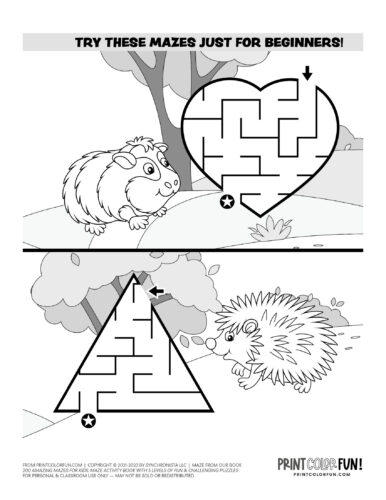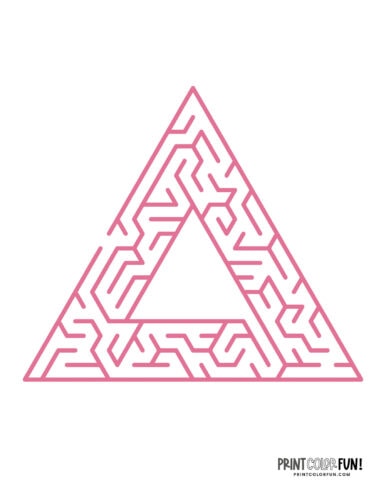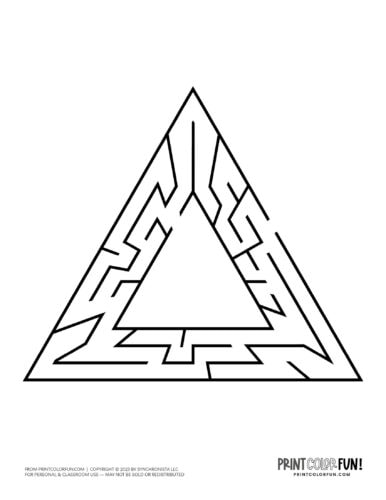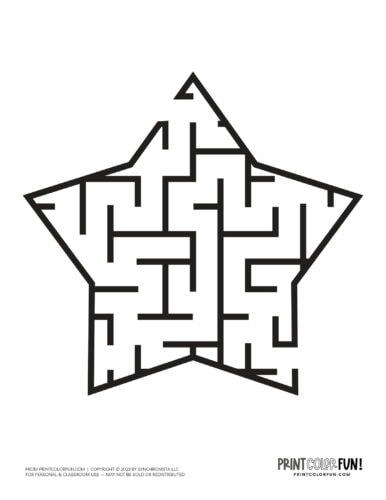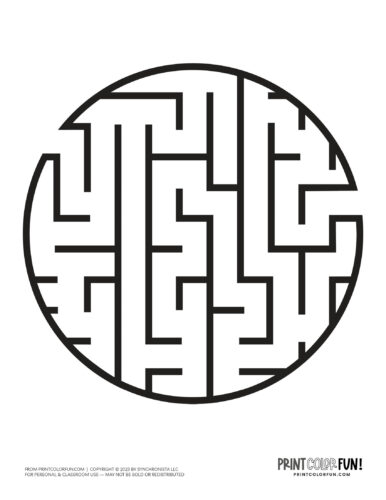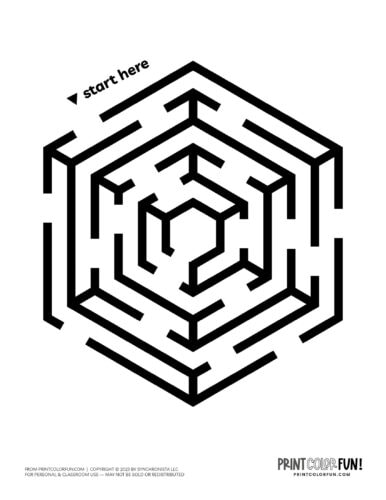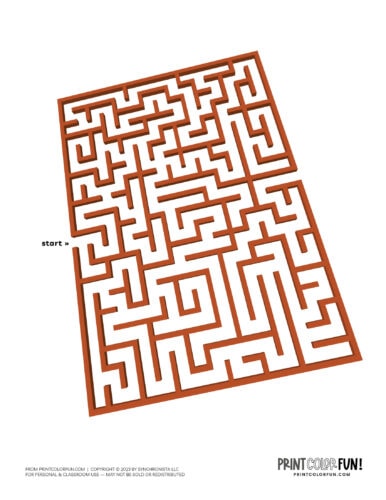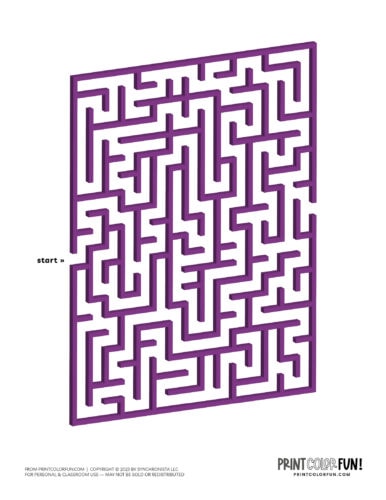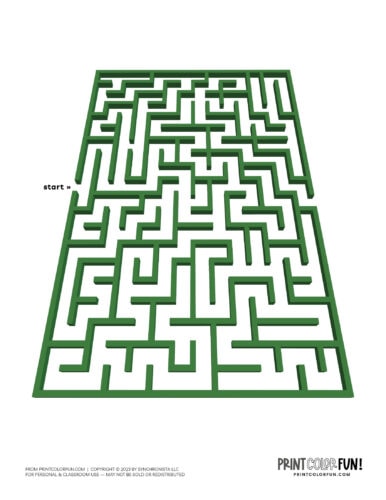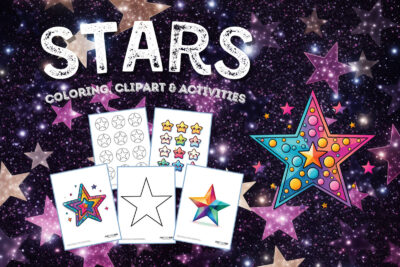First steps into the labyrinth: Easy mazes for young kids
Mazes are a fantastic way for very young kids to dip their toes into the world of puzzles. Beginner-level mazes — with their simple turns and straight paths — are perfectly designed for tiny hands and burgeoning brains.
These playful puzzles help in developing fine motor skills, problem-solving abilities, and the concept of start and finish. Let’s explore how you can introduce these mazes to your little ones and turn puzzle time into an enriching and joyful learning experience.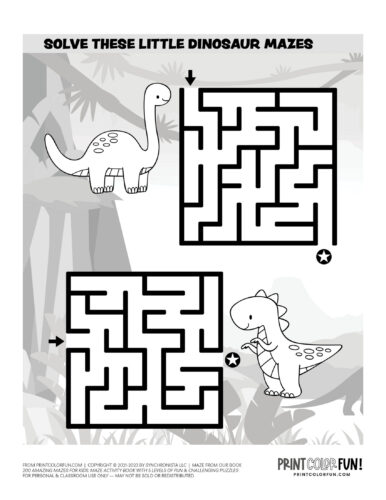
The puzzles above are from 200 Amazing Mazes for Kids
The benefits of mazes for beginners
- Motor skill development: Navigating a maze requires precision and control, which enhance fine motor skills and hand-eye coordination.
- Problem-solving introduction: Mazes introduce the concept of problem-solving in a very tangible way. Kids learn that actions have consequences and start to think ahead about their choices.
- Understanding directions: As they decide whether to go left, right, up, or down, children begin to grasp the concept of directions, which is fundamental in spatial awareness.
Introducing mazes to young children
- Choose simple designs: Start with very basic easy mazes that have wide paths and few turns. This keeps frustration at bay and encourages continued interest.
- Use physical mazes: While digital mazes are convenient, physical mazes on paper or in books are better for young children. They allow for the practice of pencil grip and control.
- Encourage, don’t lead: Provide encouragement and celebrate their efforts and successes. If they take a wrong turn, gently guide them back without taking over.
- Make It Interactive: Turn maze solving into a story. For example, help the bear find its way back to its cave or the spaceship to its planet. This not only makes the activity more engaging but also sparks imaginative play.
Fun ways to explore mazes
- Finger mazes: Before introducing a pencil or crayon, let your child trace the path with their finger. This reduces the pressure and makes it more about the fun of exploration.
- Maze creation: Have your child try their hand at creating a simple maze. This encourages them to think creatively and offers a sense of accomplishment when they share their puzzle with others.
- Incorporate mazes into playtime: Create large, walkable mazes with chalk outside or with tape on the floor inside. This makes learning a full-body experience and adds an element of physical activity.
- Use mazes as story prompts: After completing a maze, ask your child to tell you a story about the journey through the maze. Who did they meet? What obstacles did they overcome?
Introducing your child to beginner mazes is more than just a way to keep them occupied. It’s an opportunity to lay the foundation for critical thinking, fine motor development, and a love for challenges. With each maze they solve, they’re not just finding their way through a puzzle; they’re navigating their first steps into a world of learning and discovery. So, grab some mazes, and let’s get lost in the fun!
More fun starter mazes for little kids
Here are some more easy mazes that are just perfect for young kids and others new to solving mazes.


